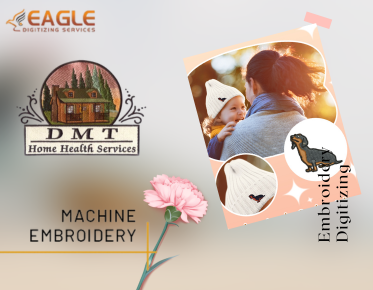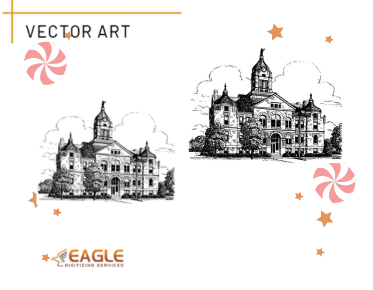How to Digitize an Image for Embroidery Machine Files
Embroidery digitizing is a fascinating process that transforms artwork into a digital format that embroidery machines can read. This process is essential for anyone looking to embroider logos, designs, or images onto fabric. Whether you're a hobbyist or a professional embroiderer, understanding how to digitize an image for embroidery machine files is crucial.
Understanding Embroidery Digitizing
Embroidery digitizing involves converting a design into a stitch file using specialized software. This file guides the embroidery machine on how to stitch the design onto the fabric. The process requires a keen eye for detail and a good understanding of how stitches work. Embroidery digitizing is not just about converting an image; it's about creating a design that will look good when stitched.
Choosing the Right Software
To start digitizing, you need the right software. There are many embroidery digitizing software options available, ranging from beginner-friendly to professional-grade. Some popular choices include Wilcom, Hatch, and Brother PE-Design. These programs offer various tools to help you create precise and intricate designs. When selecting software, consider your skill level and the complexity of the designs you wish to create.
Preparing Your Image
Before you begin digitizing, it's important to prepare your image. High-quality images with clear lines and distinct colors are ideal. You may need to edit the image to remove any unnecessary details or to simplify complex areas. This step is crucial because the quality of the image will directly affect the quality of the embroidery.
Digitizing the Image
Once your image is ready, you can begin the digitizing process. This involves several steps:
1. Importing the Image
Import the image into your digitizing software. Most programs allow you to import various file formats, such as JPEG, PNG, or BMP.
2. Setting the Design Parameters
Set the parameters for your design, including the size, stitch type, and color changes. These settings will depend on the fabric you are using and the desired outcome of the embroidery.
3. Creating the Stitch Path
Use the software tools to create a stitch path for your design. This involves tracing the image and determining the order in which the machine will stitch the design. Pay attention to the direction of the stitches and the density, as these will affect the final look of the embroidery.
4. Testing the Design
Before finalizing the design, it's important to test it. Most software allows you to simulate the embroidery process to see how the design will look when stitched. Make any necessary adjustments to ensure the design will sew out correctly.
Saving and Exporting the File
Once you are satisfied with the design, save it in the appropriate file format for your embroidery machine. Different machines require different formats, such as DST, PES, or EXP. Ensure you choose the correct format to avoid compatibility issues.
Working with Professional Services
If digitizing seems daunting, or if you require a high level of precision, consider using a professional embroidery digitizing service. Companies like Eagle Digitizing offer expert services to convert your artwork into high-quality embroidery files. They provide quick turnaround times and ensure that your designs are optimized for smooth sewing.
Benefits of Professional Digitizing Services
Professional services offer several advantages, including:
- Expertise in creating designs that minimize thread breakage and ensure smooth operation.
- Access to a wide range of file formats compatible with various embroidery machines.
- Time savings, as professionals can complete complex designs quickly and efficiently.
For those who need reliable and high-quality digitizing, professional services can be a valuable resource.
Conclusion
Digitizing an image for embroidery machine files is a skill that combines art and technology. Whether you choose to do it yourself or work with a professional service, the key is to ensure that your design is well-prepared and optimized for embroidery. As technology advances, the possibilities for embroidery digitizing continue to expand, offering exciting opportunities for creativity and innovation in the textile industry.



